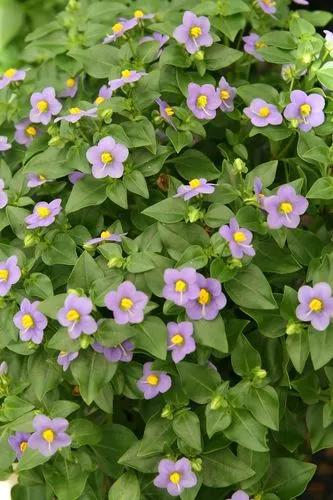This scrambling annual is almost exclusively found in arable fields on chalky soils, and is usually associated with other uncommon arable species. Like the other small-flowered Fumaria species, F. vaillantii is most frequently found in spring-sown crops.
Fumaria vaillantii Care
Fumaria vaillantii



Stems up to 50 (-70) cm, ascending or decumbent. Racemes 2-3 times longer than the peduncle. Bracts 1.5-2.5 mm, shorter or almost as long as the fruitful pedicels. Erect-patent or recurve fruitful pedicels. Flowers (8-) 10-12 mm, white-pink or pinkish-purple, with purple-black apex. Sepals 3-4.5 x 1.8-2 mm, ovate, subentery or toothed at the base. 2.25-2.5 x 1.75-2.25 mm achenes. ovoid or slightly ellipsoid, apiculate, slightly tuberculate-rough. It blooms in winter, spring and early summer.
This plant might be poisonous
How to get rid of: It is often more effective with tall herbaceous plants, such as grasses, and some woody weeds to first slash the area and only spray the re-growth. Allow 3–4 weeks for new lush growth and then spray. Most chemicals works best when plants are healthy and actively growing. By removing dry stems and forcing the plant to put on new growth the uptake of herbicide will be improved. This method has the added benefit of opening up the space and improving access, and can result in less herbicide being used.
Annual grasses should be high slashed (10 cm above ground) before seed heads start to develop, typically in late winter and may require follow-up slashing after 4-6 weeks. As they are annuals, preventing the production of seed will ensure their seedbank will diminish with time
Discover more plants with the list below
Popular articles






